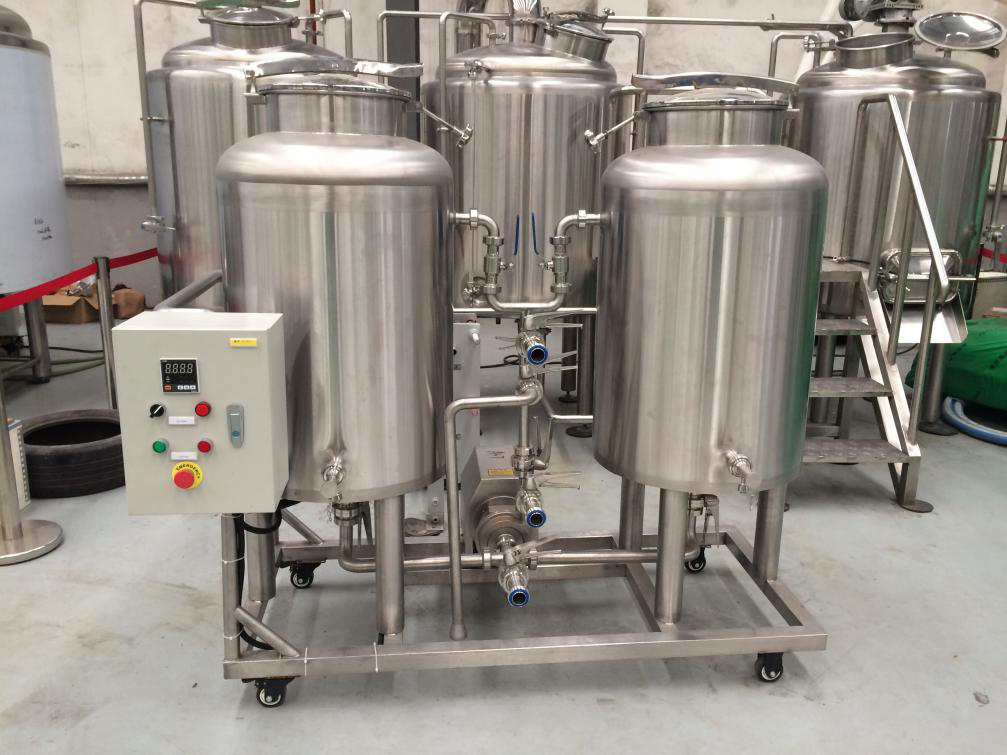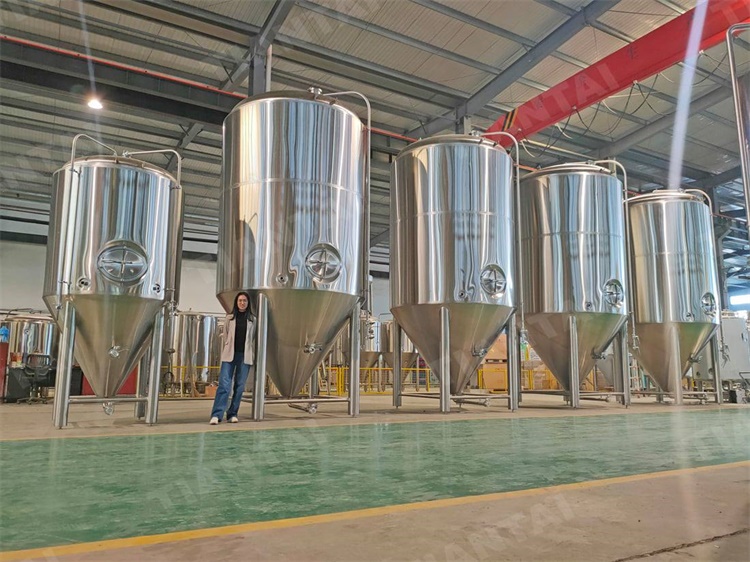.jpg)
Size and shape: The CIP ball should be appropriately sized to ensure full coverage of the interior surfaces of the fermenter. It should also have a shape that allows it to reach all areas of the vessel, including any nooks and crannies.
Spray pattern: The spray pattern of the CIP ball should be tailored to the specific cleaning requirements of the fermenter. A narrow, high-pressure spray pattern may be needed for removing stubborn residues, while a broader, lower-pressure spray may be appropriate for routine cleaning.
Material: The material of the CIP ball should be compatible with the cleaning agents and chemicals used in the cleaning process. Stainless steel is a common material choice for CIP balls due to its durability and resistance to corrosion.
Connection type: The CIP ball should be compatible with the CIP port on the fermenter. Common connection types include tri-clamp, threaded, and weld-on.
Manufacturer recommendations: It's always a good idea to consult the manufacturer of the fermenter and the CIP ball to ensure compatibility and proper usage.
Overall, selecting the right CIP ball for a fermenter requires careful consideration of the specific needs and requirements of the cleaning process. By considering the factors mentioned above, you can choose a CIP ball that will effectively clean your fermenter and help maintain optimal fermentation conditions.
Helen lee
[email protected]



.jpg)


Get In Touch